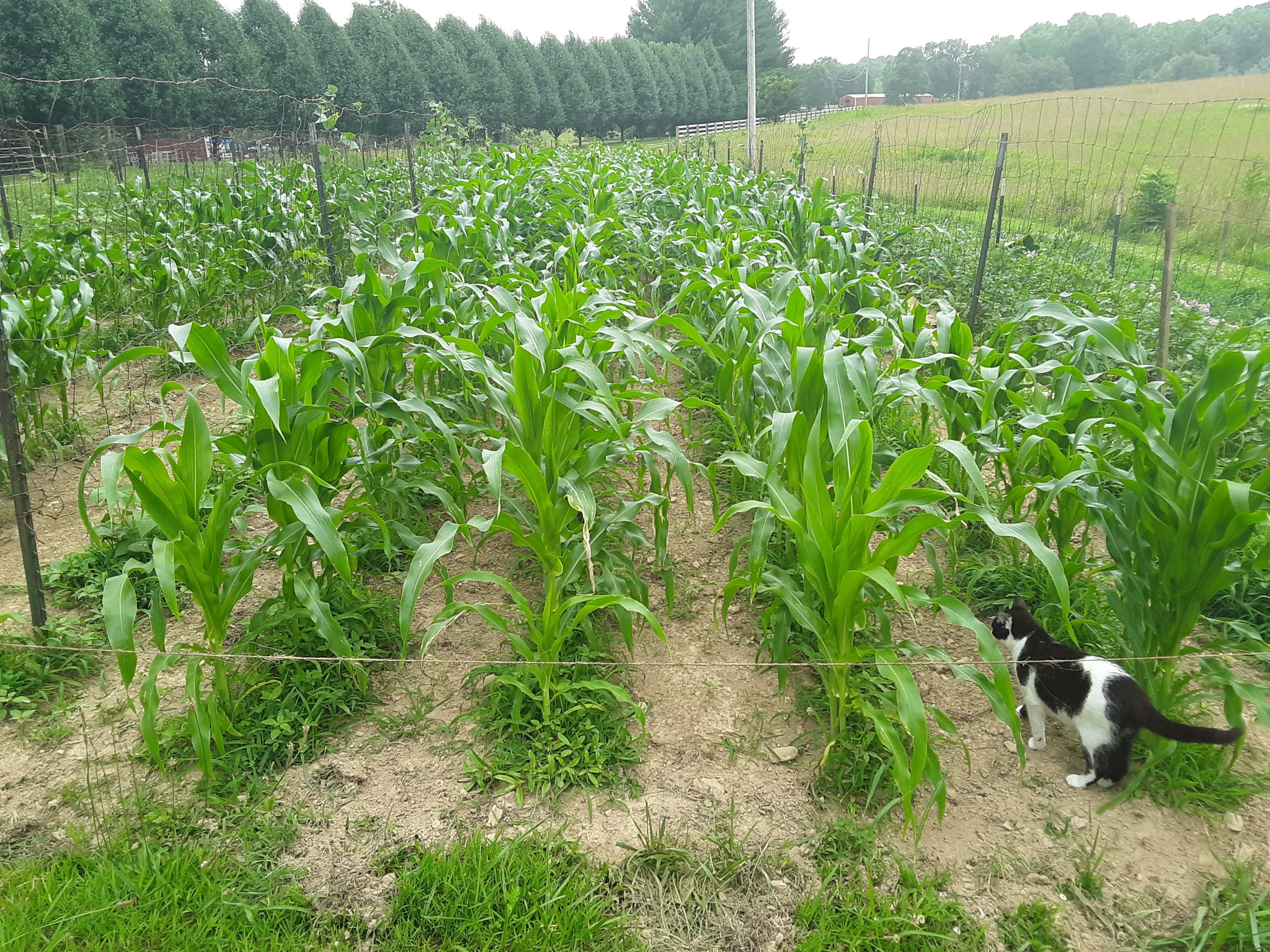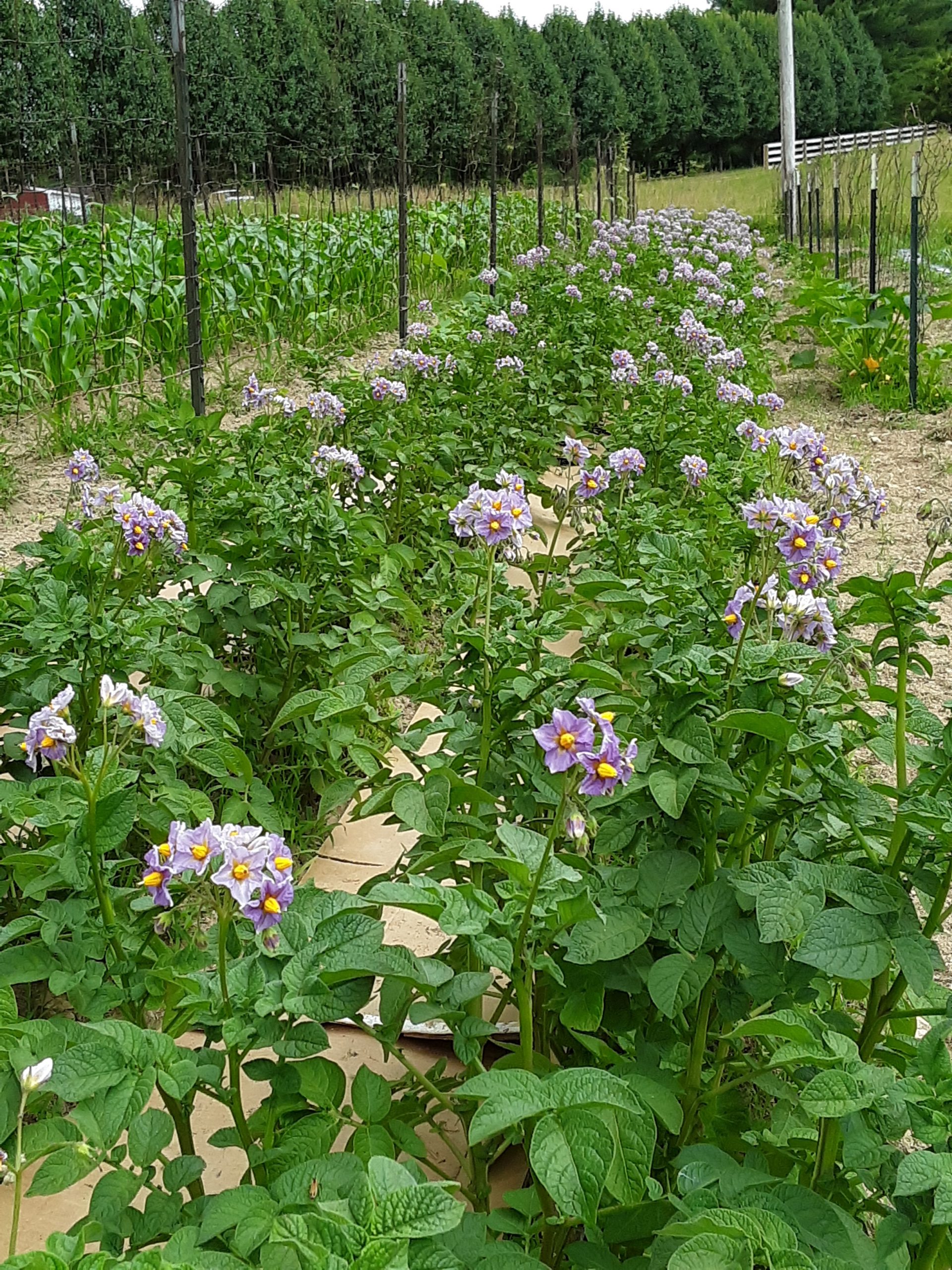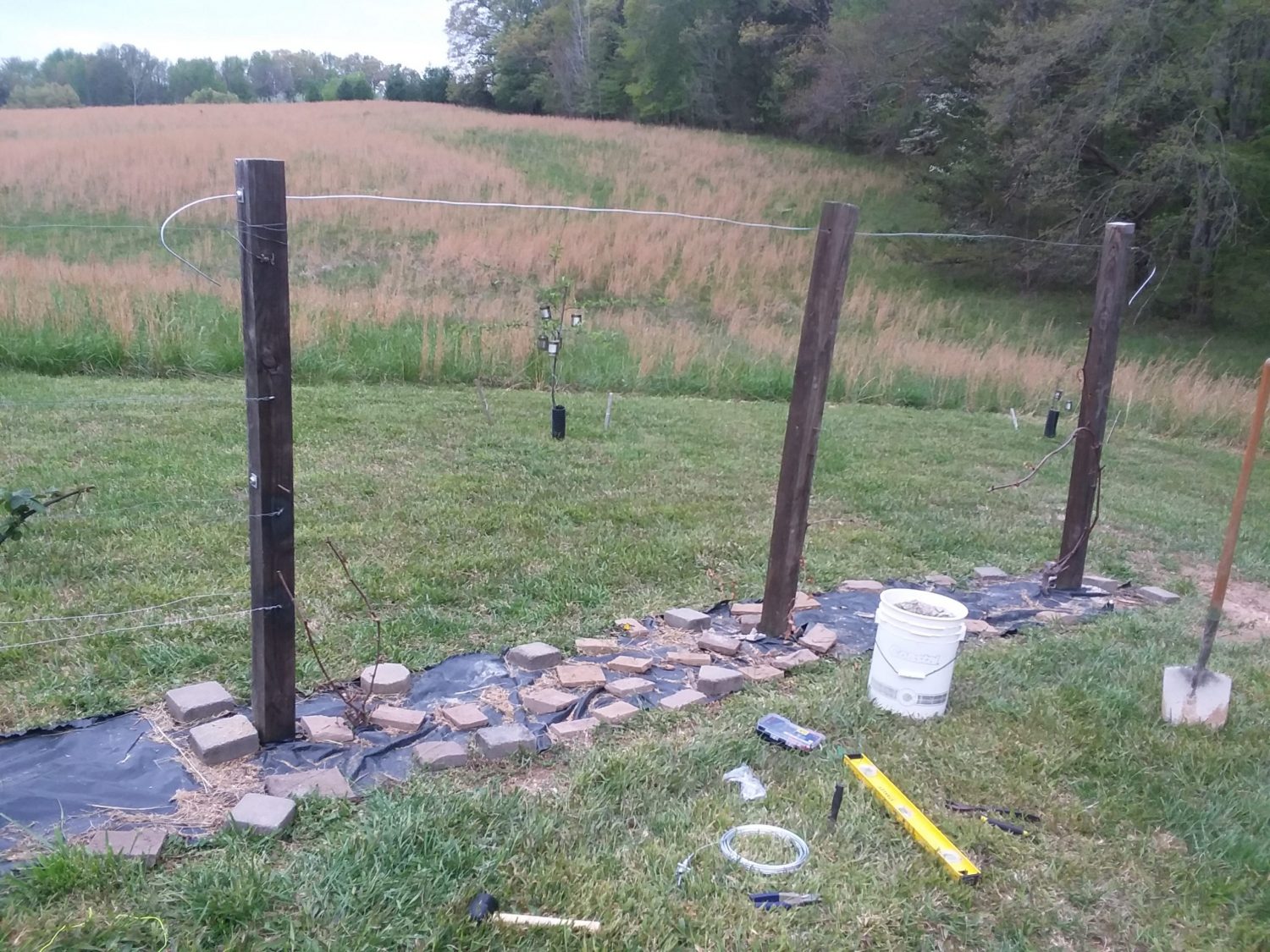Tools and Equipment
Gardening is an activity that can require as much or as little equipment as one desires. My Dad always told me about an older man in Burkesville, Kentucky that turned over an acre of land with a shovel. The man raised peanuts. So, when I lived in Algood, I turned my garden,which was more the size of a raised bed, with a shovel and used a traditional hoe for weeding. Since moving to One Lane Farm, our tool inventory has increased. Here are a few of my favorites that I prefer not to do without.
Rear Tine Tiller
I have a 1980s rear tine Statesman tiller. It has a Briggs and Stratton motor. It was the last gift my Dad ever gave to me. Needless to say, it may be bronzed if it ever quits. In the four years I’ve had it, I have replaced the drive belt, pull string, tires, and propel spring. It has proved challenging to get parts for a tiller of its’ age. Statesman doesn’t even make a tiller anymore and the tires are an unusual size. Thankfully, I was able to find the tires at Home Depot, of all places, after having no luck at several tire and small engine repair shops. There are a lot of different types and brands of tillers. And each is useful for different needs. Due to the size of my gardens, I wouldn’t want anything smaller than what I have and rear tine is a must. Tillers are low maintenance and can be used for various home projects.
I use my tiller between the rows of my garden to kill weeds and to keep the soil turned. I believe tilling increases moisture absorption when it rains. Many times, when the ground is hard, the water seems to run off without having time to soak in. The tiller is also a great device to work in fertilizer and other minerals with.
Scuttle Hoe
Brent bought me a scuttle hoe this year from Lowe’s after my sister, Lisa, raved about hers. Boy, was she right on point. I love it! It has a stirrup on the end and it cuts the weed down while keeping the dirt in place. It’s the tool I use the most for weeding. The scuttle hoe has been the most effective in managing my crab grass and Johnson grass. On a side note, I prefer a wooden handle in my hand tools.
Weeding Hoe
The other hand tool I use most is the weeding hoe. I call it a fork hoe. It has a regular hoe on one side and a fork on the other side. It is great at grabbing and pulling up a clump of grass or weed roots. And it is the best thing I have found to throw a hill up for planting melons. I have had it for a couple of years. Brent bought it for me for Christmas one year, also from Lowe’s.
Seeder
To do my planting, I use Lisa’s seeder. It is a small two wheeled cycle with a holder for a seed plate and seeds. You push it down a row and it plants the seeds at a designated distance apart. There are different plates for different vegetable seeds. It also has an arm extension that allows you to mark off the next row based on the row planted previously. It provides uniformity in the garden. The seeder has replaced the old ways of using a string and hand dropping seeds. The seeder is a good investment if you have a lot of seeds to plant.
Yard Cart
Lastly, I want to mention my yard cart. I don’t know what I would do without it. Also, a Christmas gift from Brent a few years ago. He purchased it at Tractor Supply and it was the largest of the two sizes offered. My cart is used daily for pretty much everything. I transport tools back and forth. At planting time, I haul buckets of water in it. At harvest time, I fill it up with vegetables. It is also handy to use when washing vegetables because the water drains well. The cart has made life so much easier for me. Otherwise, I would be making dozens of trips walking and using up a lot of additional time.
Yes, I love my tools and equipment. I believe they serve a great purpose and can really make gardening more efficient. But I don’t believe they are a requirement. Don’t feel overwhelmed thinking you have to buy a truckload of tools to start growing, fruits, vegetables, flowers or anything else. Just use what you have or purchase a new piece each year as you can. Put them on your birthday or Christmas list, like I do. Whatever fits your needs and your budget, is just fine.

























